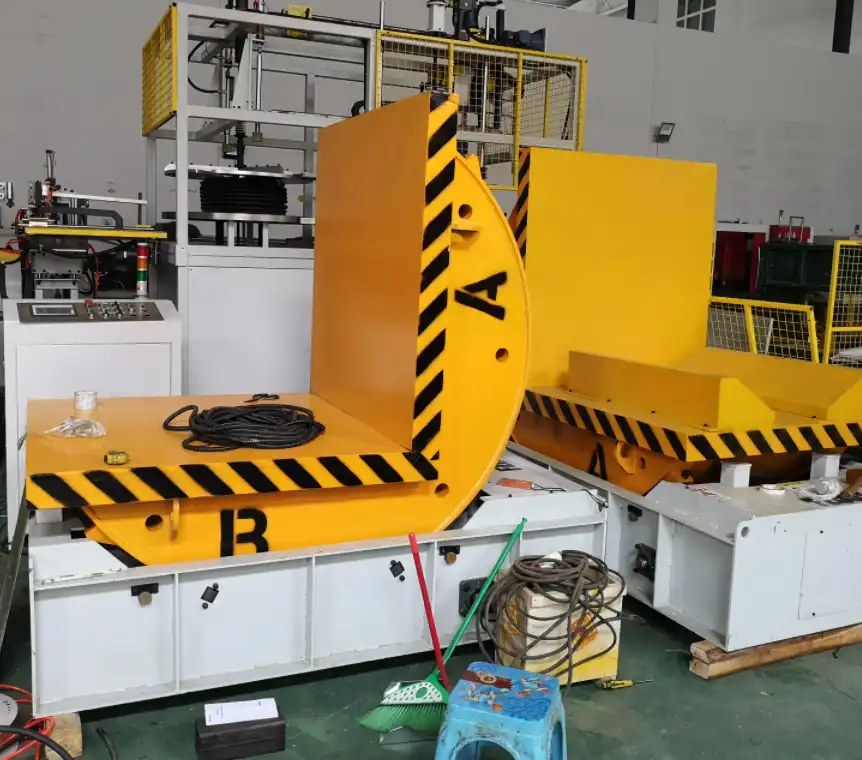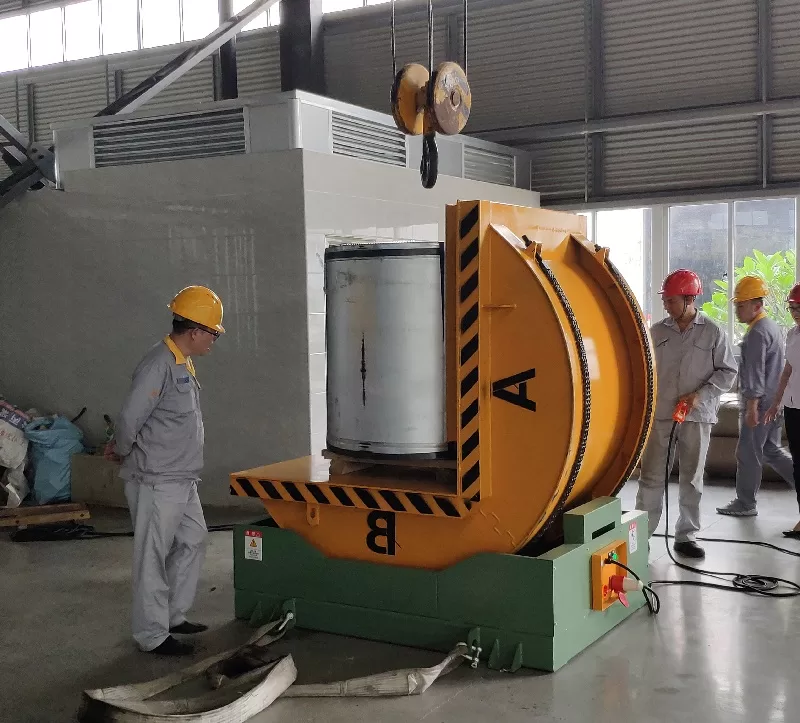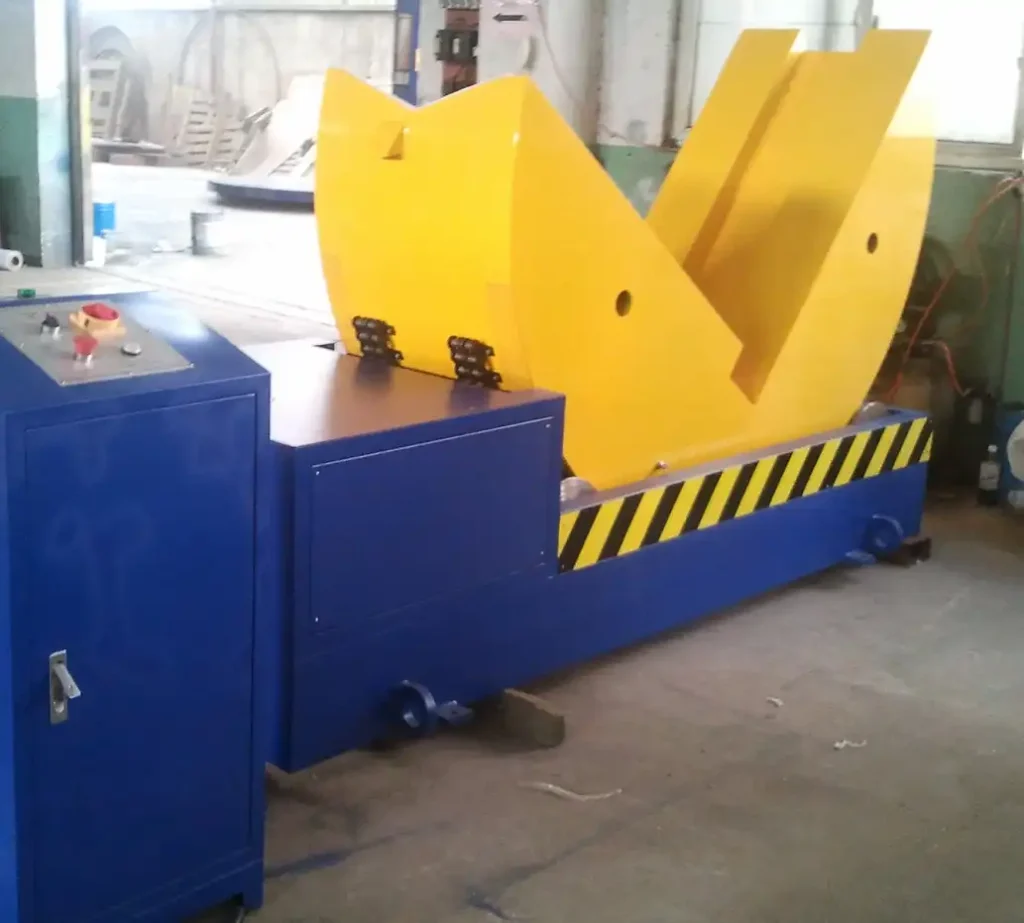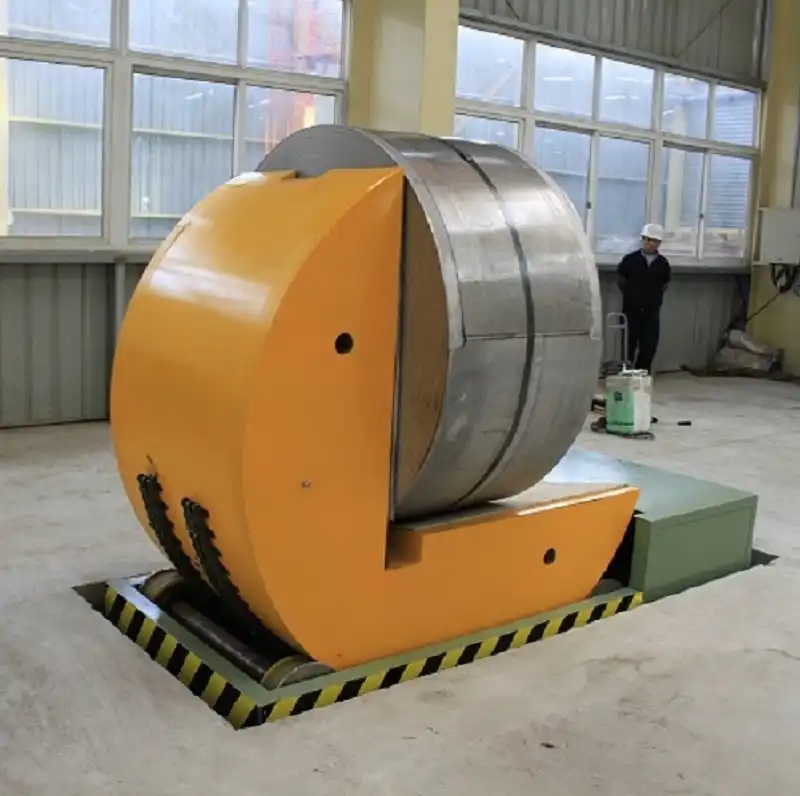In the bustling realm of industrial machinery, the coil upender serves as a silent yet crucial player. These mighty machines have the responsibility of flipping heavy coils from horizontal to vertical positions, aiding in efficient storage and transport. But when it comes to buying one, especially a used coil upender, the decision is steeped in complexity. How do you select the right one tailored to your specific needs?
With a myriad of options available in the market, each differing in functionality, capacity, and price, finding the perfect match requires more than just a cursory glance at specifications. The right choice not only hinges on the operational demands but also on a keen understanding of the machine's history and current condition. A well-researched decision can result in increased productivity and cost savings, while a poor choice might lead to frequent downtimes and additional maintenance costs.
To delve deeper into the intricacies of choosing a used coil upender, we must first understand the core needs of your industrial setup. It's not just about buying a machine; it's about integrating a component that harmonizes with your existing workflow and enhances overall efficiency.
Claim: Selecting the correct used coil upender for your industrial needs is pivotal, as it can significantly impact operational efficiency, cost management, and workflow optimization.
What Are the Key Factors in Choosing a Used Coil Upender?

1.1 Understanding Your Industrial Requirements
Before embarking on the purchase journey, it's essential to thoroughly assess your industrial requirements. What types of coils are you handling? What is their weight range? Do you need a machine that can handle special materials or unusual sizes? Tailoring your selection based on these parameters ensures that the upender will meet your specific demands, providing seamless integration into your existing processes.
1.2 Evaluating Market Options with Data
As you explore the market, you’ll encounter a variety of options, each with its own specifications and price points. According to recent industry data, used coil upenders can range anywhere from $5,000 to $50,000, depending on their condition, brand, and features.
| Feature | Low-End Model | High-End Model |
|---|---|---|
| Price | $5,000 | $50,000 |
| Capacity (tons) | 10 | 50 |
| Condition | Refurbished | Like New |
1.3 Insights into Machine History and Condition
The history and current condition of a used coil upender are critical in determining its future performance and longevity. Check for maintenance records, any history of repairs, and the general wear and tear observed. A machine with a well-documented service history is often a safer bet, ensuring fewer surprises post-purchase.
1.4 Diving Deeper with Technical Specifications
Understanding the technical specifications of coil upenders is crucial. Look at aspects like lifting capacity, power source, and operational speed. Consider your facility’s power requirements and space limitations. Here's a deeper look at the diversity in technical specifications:
| Specification | Details |
|---|---|
| Lifting Capacity | Up to 50 tons |
| Power Source | Electric or Hydraulic |
| Operational Speed | Variable based on load |
1.5 Two-Fact Statement
Fact 1: A used coil upender with comprehensive maintenance records can perform as reliably as a new one, provided it has been properly serviced.
Fact 2: A cheaper model without documented service history could lead to higher long-term maintenance costs due to potential unseen damage.
How Do You Assess the Cost-Effectiveness of a Used Coil Upender?
2.1 Weighing the Costs vs. Benefits
Purchasing a used coil upender is a significant investment, and assessing its cost-effectiveness involves a careful examination of both initial costs and long-term benefits. Consider the savings from opting for a used model against the potential for increased maintenance and operational efficiency benefits.
2.2 Market Analysis with Financial Data

Let's delve into the financial aspect. According to a recent analysis, businesses save an average of 30% to 60% when opting for used over new machinery. However, the cost-effectiveness is influenced by several factors, such as the machine's age, condition, and the specific needs of the business.
| Consideration | New Coil Upender | Used Coil Upender |
|---|---|---|
| Initial Cost | $80,000 | $30,000 |
| Maintenance Cost (Yearly) | $2,000 | $5,000 |
| Resale Value | High | Moderate |
2.3 Digging Deeper into Operational Efficiency
Operational efficiency is a pivotal factor when choosing a used coil upender. Analyze the potential downtime, ease of integration with existing systems, and the learning curve for your staff. A machine that blends seamlessly can provide a quicker ROI and enhance production line efficiency.
2.4 Conclusion: Balancing Quality and Financial Prudence
In conclusion, selecting a used coil upender requires a balanced approach, weighing both quality and financial prudence. While initial cost savings are attractive, evaluating factors such as operational efficiency and future maintenance costs is essential for a sound investment strategy.
Claim: By carefully evaluating both functional requirements and financial implications, businesses can effectively choose a used coil upender that enhances productivity without straining budgetary constraints.
In summary, choosing the right used coil upender involves understanding your industrial needs, thoroughly researching market options, and considering both technical specifications and cost-effectiveness. It's not merely about the purchase price; it's about how the machine will serve your business in the long term. With the right choice, you can enhance productivity, reduce costs, and ensure a smooth operation within your industrial setup.
```

